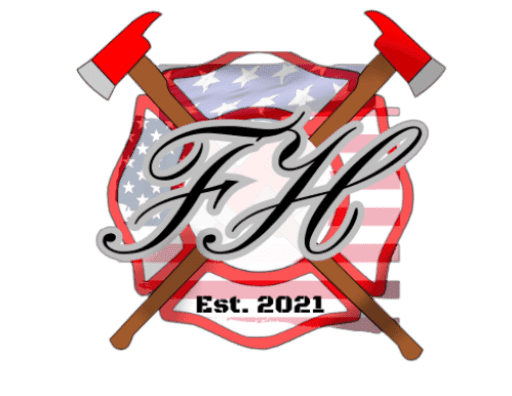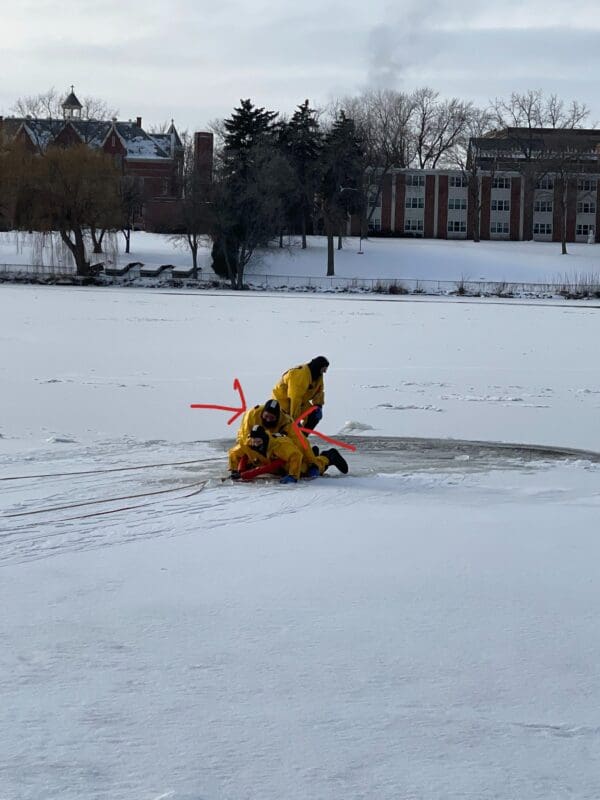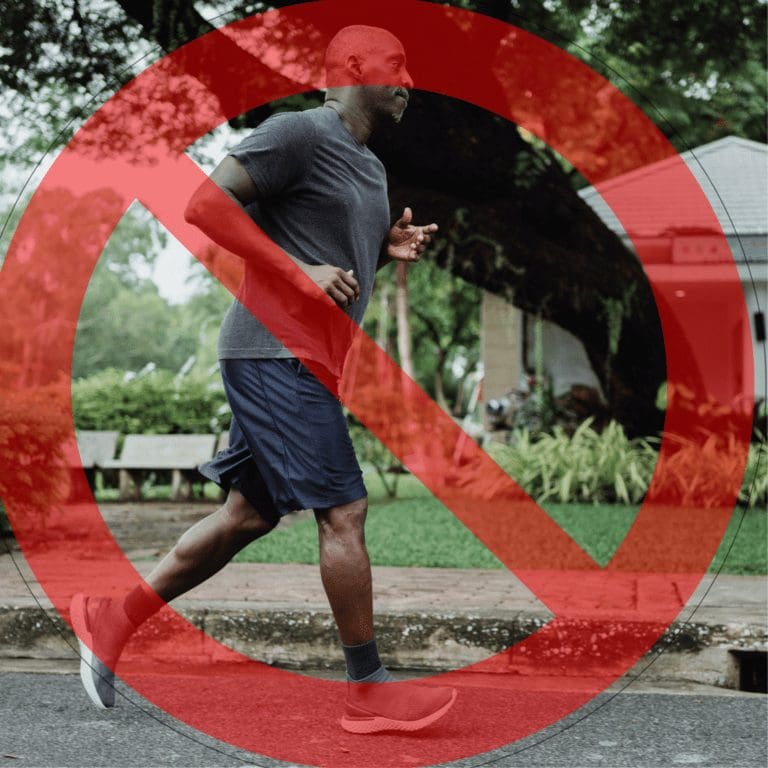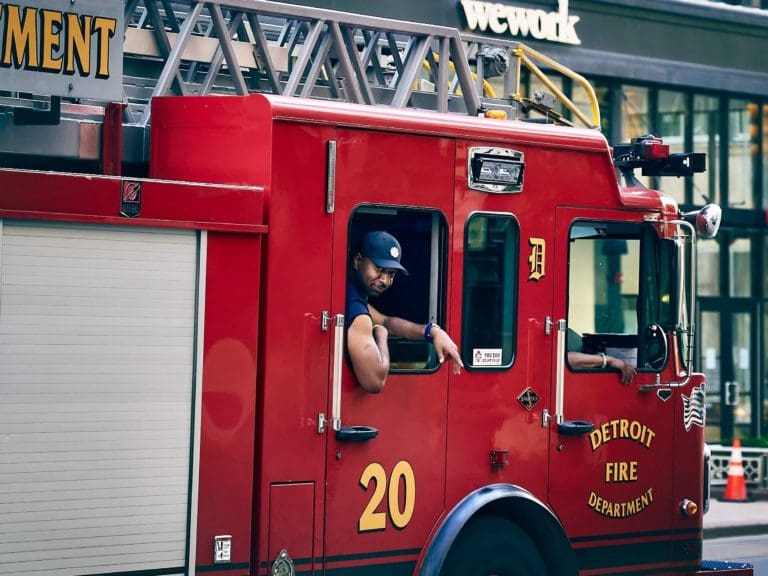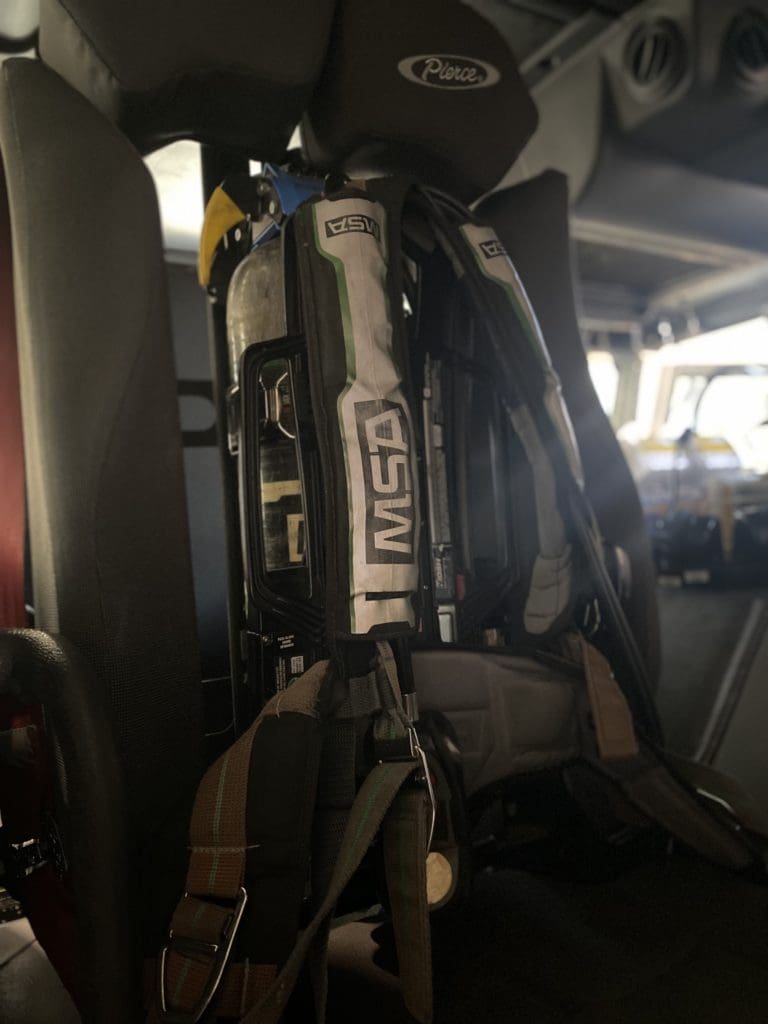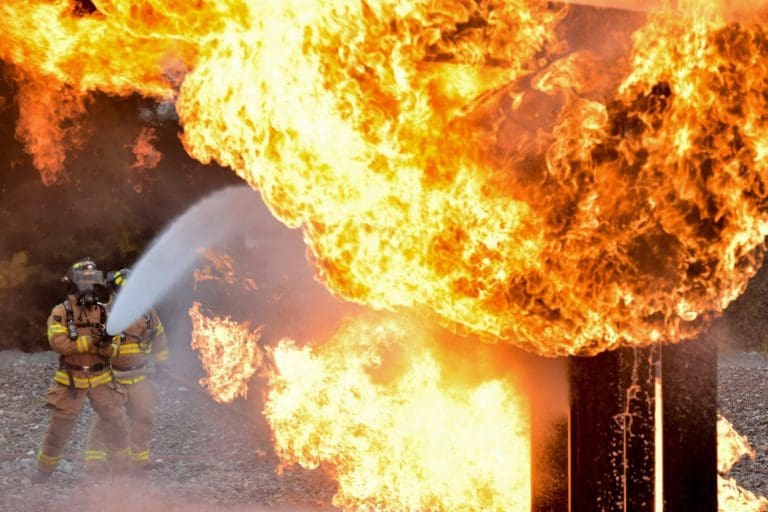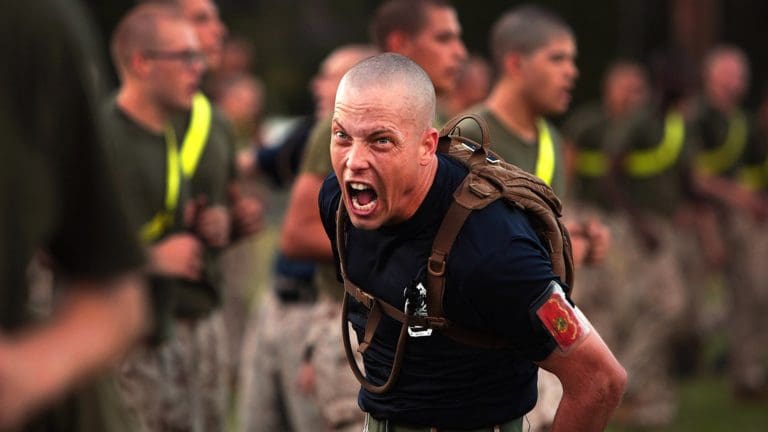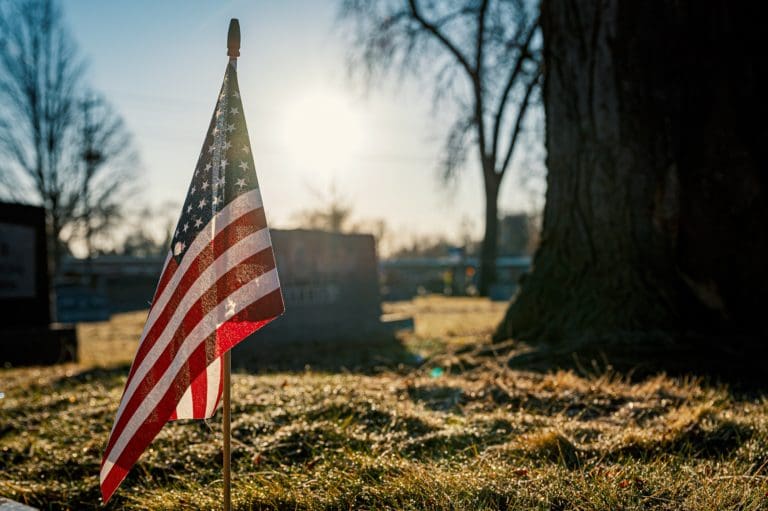What Are Firefighter Teams Called?
I was at the car dealership a few days ago having some routine maintenance done on my truck. As I was enjoying a free soda and some popcorn, they had Chicago Fire playing on the tv in the waiting area. I usually don’t watch public safety tv shows because I always ruin it for everybody how unrealistic things are in these shows lol. I decided to watch it anyway. So it made me think about the many different teams there can be in a fire department.
Some of the common teams you’re likely to encounter are Engine companies, truck companies, specialty teams & more. Let’s go deeper into these and attempt to clear up some confusion with some of the commonly used terminologies.
Engine Company
Let’s first talk about the most common team you would see arrive to any type of call, the engine company. It is very easy to confuse this with the truck company because a fire engine is literally a truck after all. Both an engine and a truck are fire apparatuses that can pretty much do the same things, but they have different functions and are designed to do slightly different things.
I talk in much more depth about the differences in this blog post: How to Become a Driver Operator. Depending on the size of your department in terms of available personnel, you may have an engine company that goes out on every EMS call with the ambulance in a fire-based ambulance service. Some departments are located in areas where there is a dominant private ambulance company that covers all EMS calls, and the engine crew from the fire department in that area only responds to lift assists & any emergent calls such as PNB’s (pulseless & non-breathing patients), anything that threatens the airway, trauma and other emergent calls.
Now this, of course, depends on the type of engine crew. Some departments have primarily paramedic engines and others do not. Paramedic engines will have all of the equipment the ambulance crew would bring with them, except for the stretcher. Paramedic engine crews can provide very high levels of care to patients when the ambulance crew is not there before the engine. A good and common example of this is cardiac arrests and strokes. Paramedic engines can start IVs, give rounds of Epinephrine(Also known by its trade name “Adrenalin”), Amiodarone (Anti-dysrhythmic), and even perform endotracheal intubations.
Now on the fire side of things, engine companies can play very versatile roles. The reason they are called a company is that many times going to a fire, whether your engine is the first to the scene (First due engine) or the last, any task that is assigned to you will always be with the crew you are physically in the apparatus with. Your engine crew may be tasked with fire attack, primary search, secondary search, ventilation, rapid intervention team (RIT), or even a backup crew to any of those teams I mentioned before.
Ambulance Crew
The good ole ambulance crew is commonly referred to as riding “the box”. It is extremely common that in fire-based EMS, new people will ride the box for a while. There are even departments in my area where as a new person, you are likely to ride the box for about 10 years before you could go ride on the engine, other places are the opposite. You cannot ride the box until you complete your probationary period.
As mentioned in the earlier sections, fire-based ambulance crews respond to all EMS calls, but they also have the benefit of having more hands with an engine crew following the call. That is unless you are in a department that is minimally staffed and you cross staff between the ambulance and the engine.
The ambulance crews are also pretty versatile on fire-related calls as opposed to a private ambulance company. That is because most fire-based EMS crews are also firefighters, and carry tools such as sets of irons and SCBAs in the ambulance. Now there are some fire-based EMS departments such as the Chicago fire department that do have non-fire EMS personnel. Every department and jurisdiction is different.
Truck Company
The truck company is another crew in the fire department that mostly responds to fires, motor vehicle accidents, and calls where specialty types of rescue are needed. The truck itself is also known as the ladder truck or “the stick”. Trucks generally carry heavy rescue tools such as hydraulic cutters and spreaders (“Jaws of life”), and ram. These 3 tools along with portable airbags and more are used for securing vehicles and extricating victims from them. During a fire call, the ladder is generally used to provide water attack from above. I talk in more depth about the responsibilities of the truck and its operator in this post: How to obtain your driver operator aerial certification.
When it comes to fire calls, the truck company can be assigned any of the same roles as the engine company such as RIT, and primary/secondary search. Usually, the truck company will not be on fire because some trucks do not have hand lines as you would find on an engine.
Swift Water Rescue
Something you may not have known is how firefighters are trained to rescue people literally in any situation, even in some weapon-related situations. One such situation is people who get caught in a current in a river or stream. They are known as the swift water rescue team. They are specialists in rescuing those getting carried away by a current.
Technical Rescue
Technical rescue often referred to as “Tech rescue” is a specialized team that is experts in rescuing people in areas that are very difficult to access. For example, if a patient was stuck and injured in a very awkward and pretty accessible location such as a cliff, or even a very steep hill, it would be very difficult for an ambulance to access this location. Tech rescue teams use ropes, pulley systems, and leverage to pull a patient into a more accessible location. Tech rescues are usually classified as either high-angle or low-angle rescue, and knowing the difference will dictate how the patient is retrieved, packaged, and removed. Many fire apparatuses carry a Stokes Basket, to make the retrieval of such patients much smoother and more manageable. A stokes basket is a specialized stretcher with no wheels, that is used for strapping in a patient and pulling them vertically, or at an angle. Although stokes baskets are not widely used anymore, it has been replaced with the SKED. The same concept as the Stokes basket, but it is much easier to package, carry and protect the patient. Check out the video below about Stokes baskets.
Confined Space & Trench Rescue
Confined space & Trench rescue
Another specialized team on this list is the confined space rescue team. These guys/gals do some similar things as the tech rescue when it comes to using ropes but inside small enclosed spaces such as manholes, boilers, and other small and dangerous areas. Trench rescue is very similar to confined space, but deals directly with people getting stuck in trenches. This can be often encountered with excavation company employees or even at cemeteries. If a patient falls in or gets stuck in it, trench rescue will attempt to secure the trench from further collapsing if it hasn’t yet, and the rescue attempt conducted. Below is a video of a trench rescue by the Indianapolis fire department.
Tactical EMS (TEMS)
TEMS also known as Tactical EMS is usually paramedics that suit up and enter high-risk situations with law enforcement SWAT teams. Depending on the jurisdiction, these medics may or may not be armed, but are there to provide care to the other SWAT team members and even a gunman if they become a patient. Want to be part of a SWAT team without needing to become a police officer? This may be an option for you.
Ice Rescue
Ice rescue is a very common and necessary team in any department that is located anywhere that gets cold. Winter season is a popular time for ice fishermen to set up their tents and even drive on the ice and get to work. Unfortunately, it is all too common for people to fall through the ice and require rescue. Ice rescue teams will get out on the ice with special yellow buoyant suits and yellow banana-looking rafts to rescue people on the ice. Ice rescue teams will use equipment like chainsaws to cut through the ice, and can deploy divers to go under the water if needed. What’s really nice about those yellow suits is that you do not feel the cold of the water whatsoever, UNLESS you leak your suit. And you will know real quick if you leak.
Hazmat
Finally, the last team I have on the list here is the hazardous materials (HAZMAT) team. The hazmat team is a specialized team that responds to many types of spilled or released materials. Some can be liquified such as a spill coming from an overturned fuel tanker on the highway, or an industrial plant releasing Ammonia into the atmosphere. Hazmat teams utilize specialized suits, commonly seen in SciFi movies where you are completely encapsulated and have your breathing air through an SCBA or other type of breathing apparatus. Different levels of certification can be obtained to work on a hazmat team such as technician. Since these teams require a lot of training beyond simply being able to identify the material, these hazmat teams tend to be regional and not always only for a single department. Large departments like FDNY, Chicago Fire, and even CalFire, may have their department Hazmat teams.
Here’s a video about a JHIRT (Massachusetts Hazmat Team)
Conclusion
This is a general list of teams you may find at a fire department. Not all departments have all these teams, while some may have more than what was mentioned. Let me know what you think about this list, and what team would you want to be a part of.
Check out more related articles by clicking the button below.
